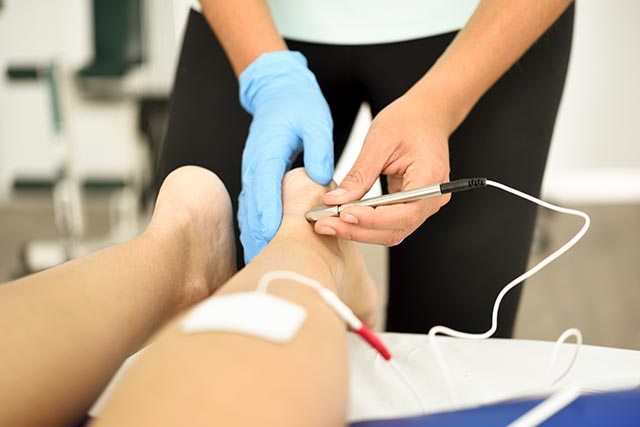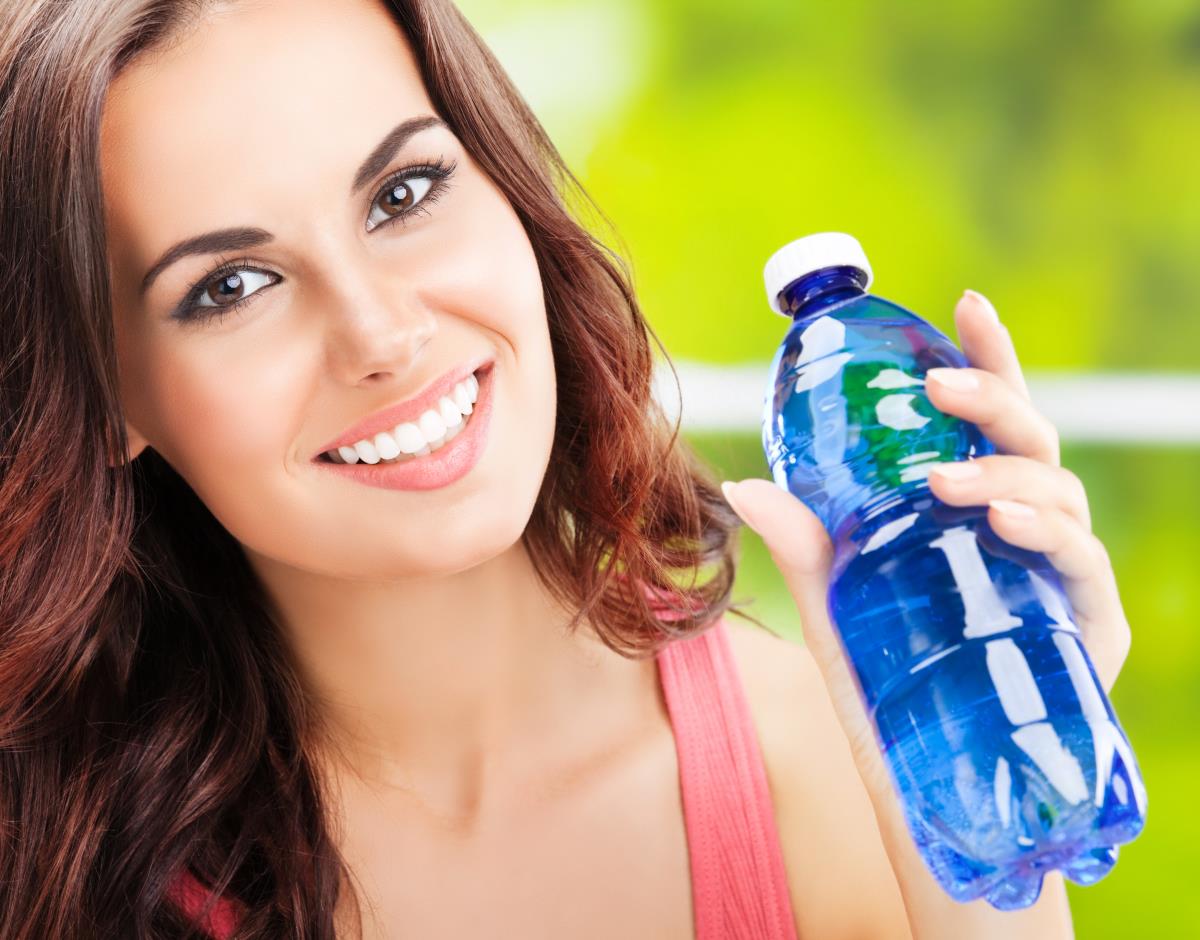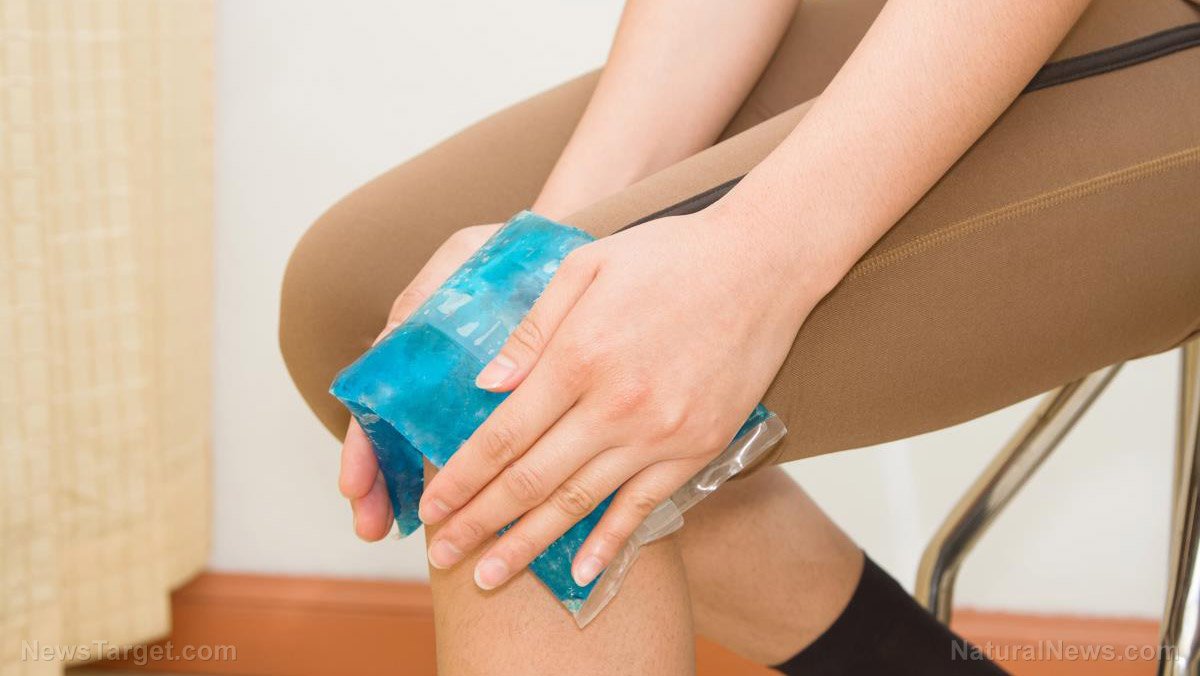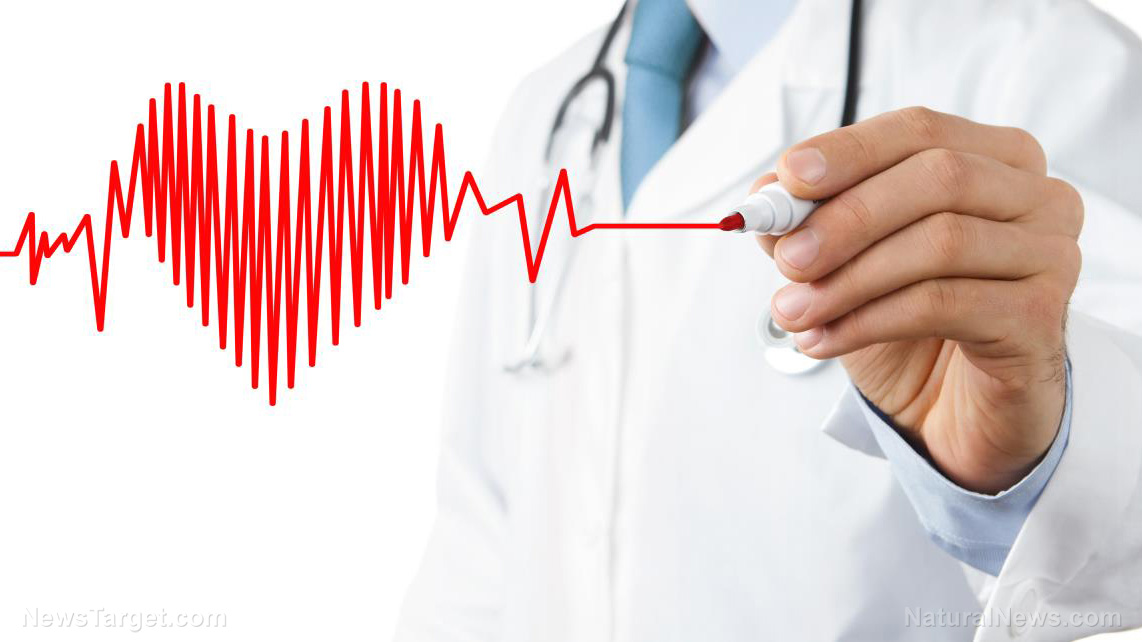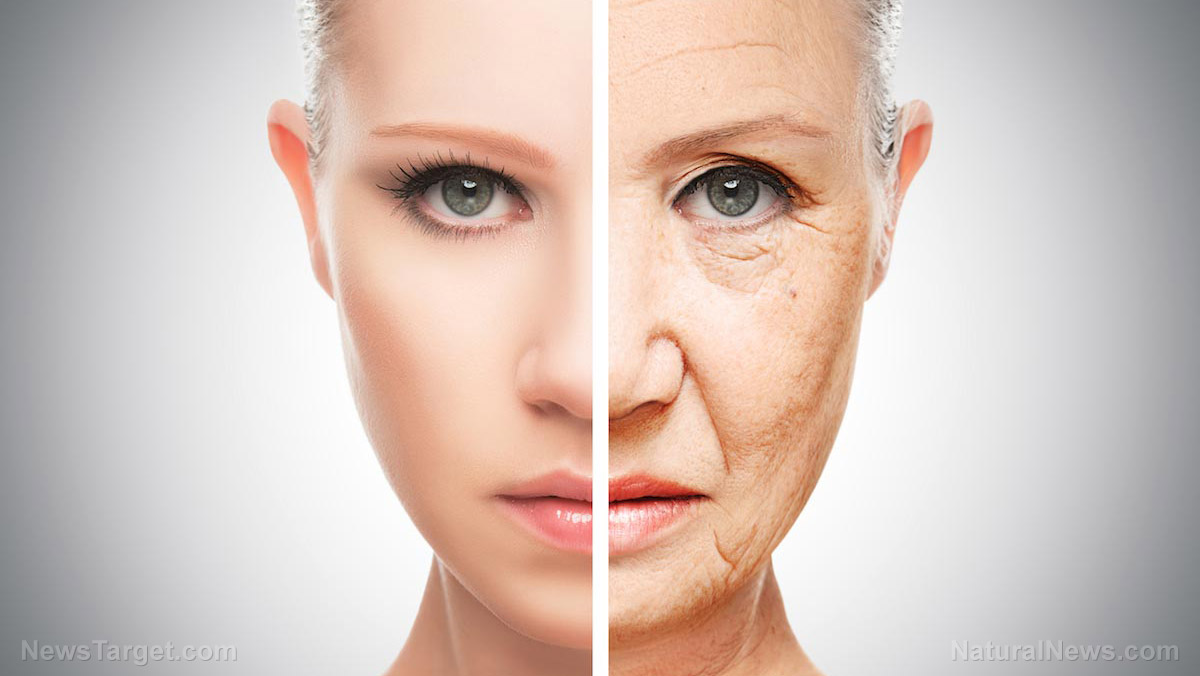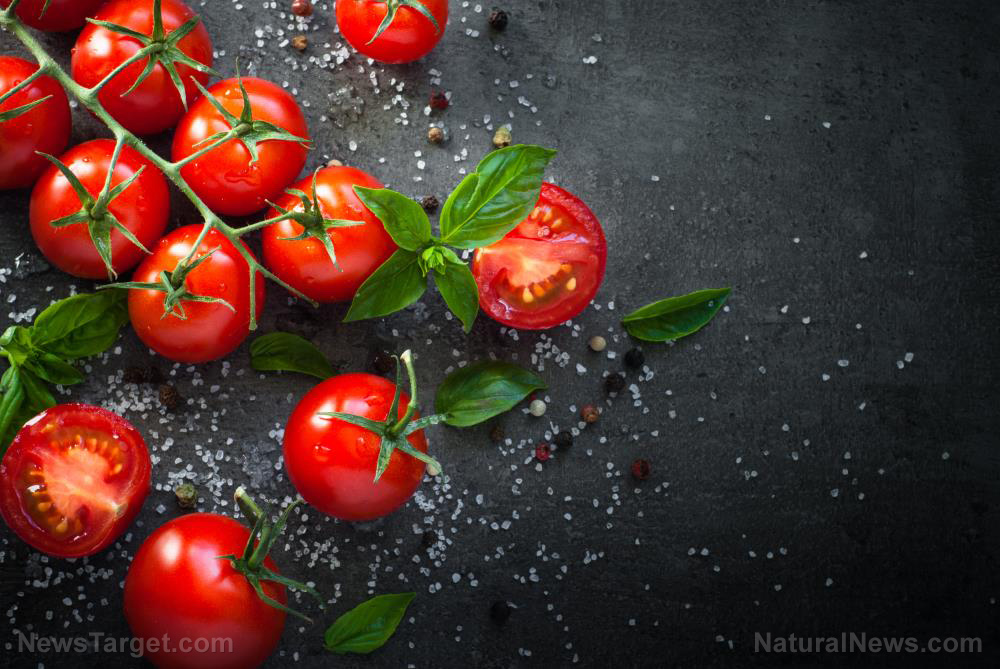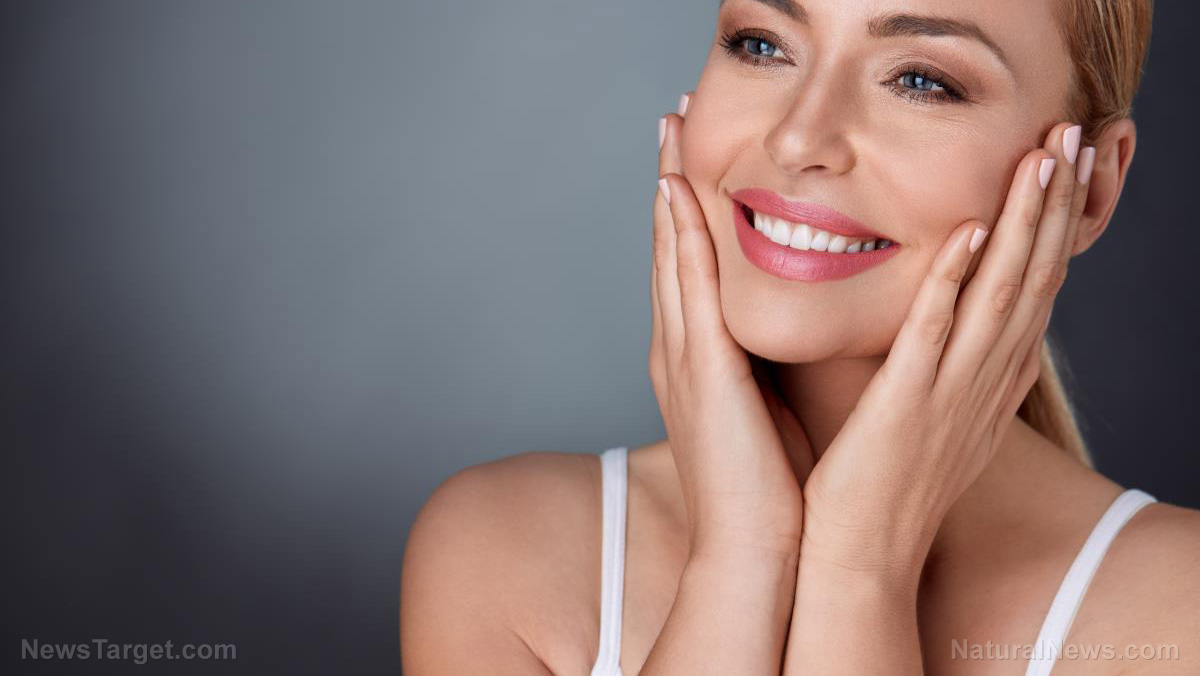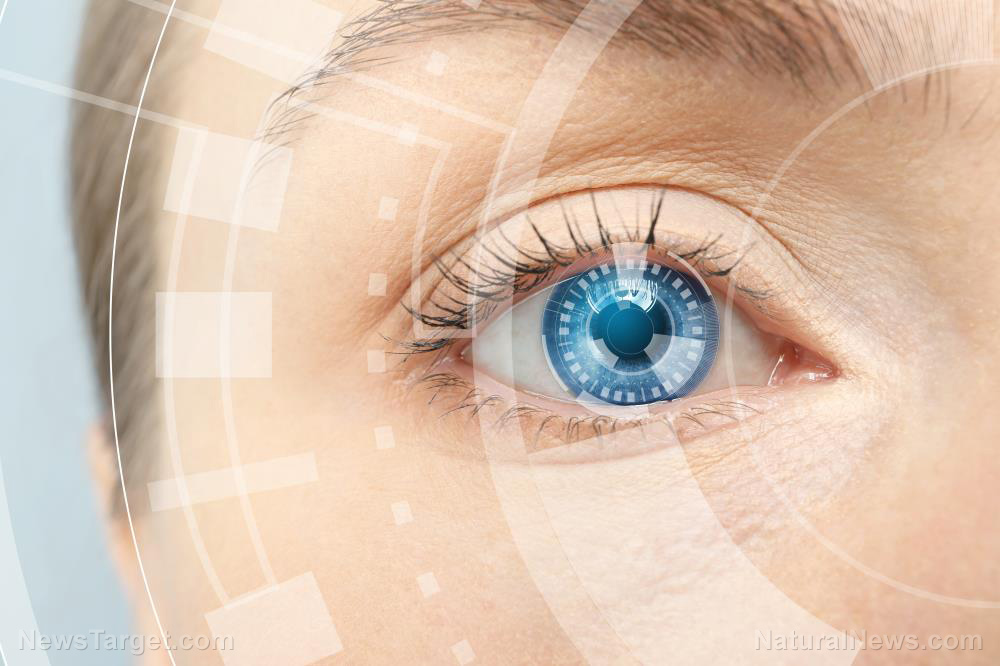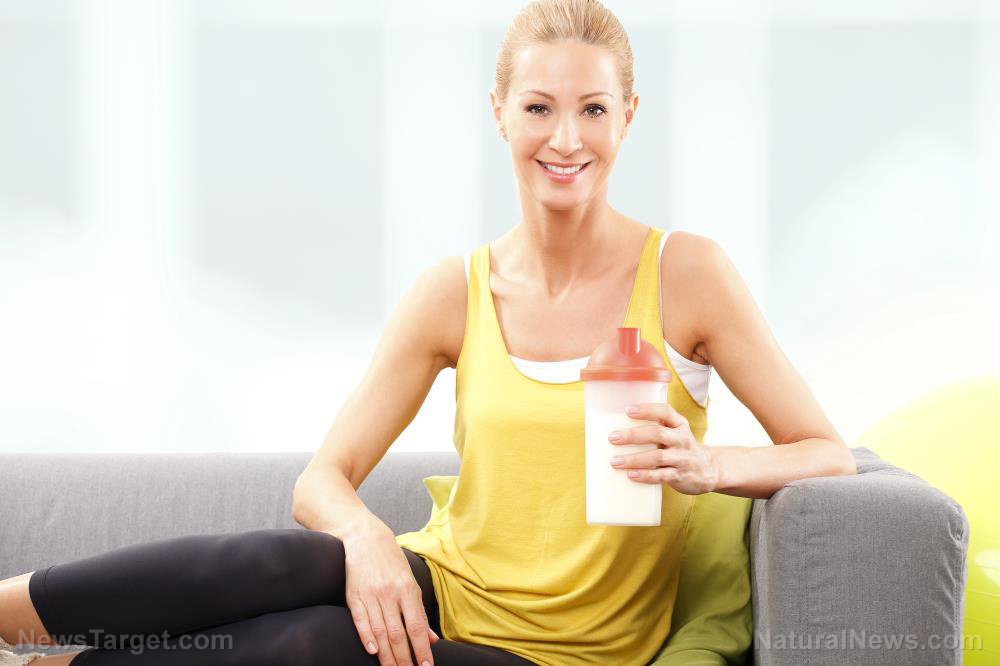Vitamin K: The anti-aging supplement you probably haven’t heard about
06/13/2018 / By Rhonda Johansson

Whether we like it or not, all of us get older. Yet there are people who don’t look their biological age, causing some of us to mutter and wonder why these people should be so lucky.
“It’s just not fair,” we say, wondering why our face is filled with wrinkles and crow’s feet. “Maybe it’s because of genetics. Surely, they just won the jackpot in that sense.”
But epidemiological evidence suggests that diet has more influence on how we look than we realize. Nutritionists are concluding that a deficiency in vitamin K2 can lead to uneven skin tone and dry, ageing skin.
The evidence of your vitamin deficiency, then, is written all over your face.
An introduction to vitamin K
Vitamin K is a fat soluble vitamin that is necessary for blood clotting. It is also crucial to the proper functioning of the immune system. The vitamin has two forms: vitamin K1 which is found in green leafy vegetables such as spinach and vitamin K2 found predominantly in fermented foods such as natto. (Related: Vitamin K: How Much Do You Know About This Essential Nutrient?)
Vitamin K1 is used primarily to ensure proper blood clotting. Vitamin K2, on the other hand, helps with adequate calcium absorption. It is this specific mechanism that scientists say holds the key to supple skin.
Vitamin K2 stops excess calcium from building up in the skin. This is how it prevents the formation of wrinkles and keeps the skin elastic.
Clinical trials of the skin elasticity of Asian women found that Japanese women were less likely to have wrinkles due to the high natto (a traditional Japanese dish made from fermented soy beans) content in their diets. Even compared to fit, healthy, and active Asian women who ate a well-balanced diet, Japanese women still had better skin in terms of wrinkle amount and skin elasticity.
Vitamin K2 may also prevent the formation of varicose veins. Vitamin K is needed for the production of metric GLA protein (MGP) which prevents the calcification in the arteries. Because calcium is properly directed to the bones, it is not accumulated in the veins and arteries. This is necessary in preventing and reducing varicose veins.
The best sources of vitamin K2 are: natto, cheese, egg yolk, butter, chicken liver, salami, and chicken breast.
You most likely have a vitamin K deficiency if you bruise and bleed easily. Other symptoms include: tooth decay, weak bones, heart problems, and poor gum health.
Some antibiotics may compromise the amount of vitamin K you have in your body.
Look younger, naturally
Nutrition determines how young you look. Here are some foods that help you look younger than your age:
- Green tea — Research proves that green tea contains powerful antioxidants that strengthen the immune system which contributes to healthier-looking skin.
- Tomatoes — The fruit contains lycopene, an antioxidant that keeps your skin supple and elastic. Lycopene also protects the skin from ultraviolet rays from sunlight.
- Kale — The cruciferous vegetable contains high amounts of iron and vitamin K.
- Walnuts — Studies indicate that regularly consuming walnuts makes hair soft and vibrant.
- Avocado — The superfood contains glutathione, a powerful antioxidant that detoxifies the body and helps keep skin smooth and soft.
- Pineapple — These contain bromelain enzymes that prevent inflammation. Pineapples are also excellent sources of vitamin C which helps treat hyperpigmentation.
- Chia seeds — The grain contains vitamin E which prevents sun damage and inflammation.
- Apples — Not only are they high in fiber, apples contain necessary antioxidants that prevent skin damage.
You are not only what you eat, you LOOK like what you eat, too. Start looking and feeling younger by making the switch to cleaner, more organic food today.
Sources for this article include:
Tagged Under: ageing skin, anti ageing, blood clotting, calcification, calcium absorption, fat soluble vitamin, food as medicine, food science, healthy aging, longevity, natto, natural aging solutions, proper nutrition, skin elasticity, skin health, vitamin deficiency, Vitamin K, vitamin K1, vitamin K2, wrinkles

